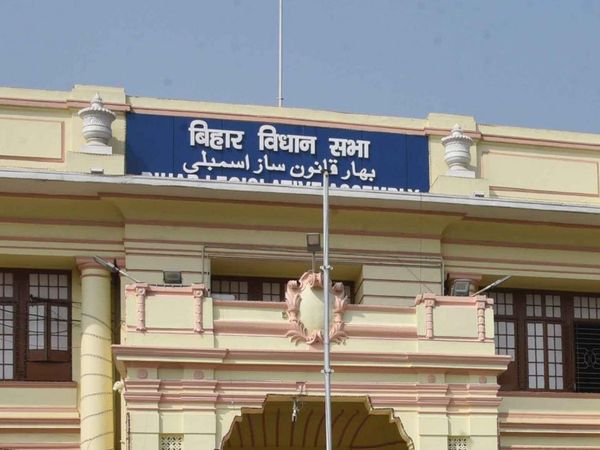
The 15th Finance Commission (FC) may assign a lower weight to ‘population’ than 17.5% by the previous FC while giving a ‘respectable’ weight to progress made in curbing population growth to balance the needs represented by the latest population and progress towards population control, for inter-se distribution of resources among states from the Centre’s divisible tax pool.
Such a move would placate southern states such as Kerala and Tamil Nadu as well as a few other such as Odisha, whose population growth is less than the replacement population growth rate of 2.1/per woman.
“Weight to population can be reduced while giving adequate consideration to success in keeping population at replacement rate,” an official aware of the discussions on the matter told FE.

At 2.8/per woman, Bihar’s fertility rate is highest while the rates of southern states are much less than 2. The 15th FC, whose award will be valid for the 2020-25 period, will rely on the 2011 Census data, while the 1971 Census numbers were mostly used by the previous finance commissions; the 14th commission, whose award (2015-20) is now being implemented, had given weight to the 1971 population (17.5%) and the demographic change between 1971 and 2011 censuses (10%).

The hue and cry last year over the ToR with regard to use of 2011 population, prompted PM Modi to announce that the Centre has suggested to the commission to “consider incentivising the states who have worked on population control.” As per the ToR, among the measurable performance-based incentives, the FC would consider “efforts and progress made in moving towards replacement rate of population growth”.
Last year, former finance minister P Chidambaram wrote that he believed the ToR was “seriously flawed” and “would adversely affect the better-performing states”. According to the 1971 Census, the southern states’ population was 24.7% of the country’s total population and this has fallen to 20.7%, as per the 2011 Census, he had pointed out. Population was the sole criteria when the First Finance Commission gave its award in 1952 and continued to be a major criteria till the sixth FC, before it shed space to income distance and other performance indicators for inter-se distribution purpose.
The divisible pool during the period of the 14th FC award is estimated at `94 lakh crore; of this, states are receiving `44.86 lakh crore (47.72%). `39.48 lakh crore (42%) as tax transfers and `5.37 lakh crore (5.72%) as grants-in-aid.
Of course, dthe 14th FC-induced increase in states’ share in the divisible tax pool by 10 percentage points, the total transfers from the Centre to states grew 34.78% between FY17 and FY20BE compared with 41.06% for the Union Budget and 49.77% for the Centre’s next tax revenue. Hike in cesses and surcharges, which are not part of the divisible pool, enabled the Centre to increase its net tax receipts at a faster rate.
[“source=financialexpress”]














